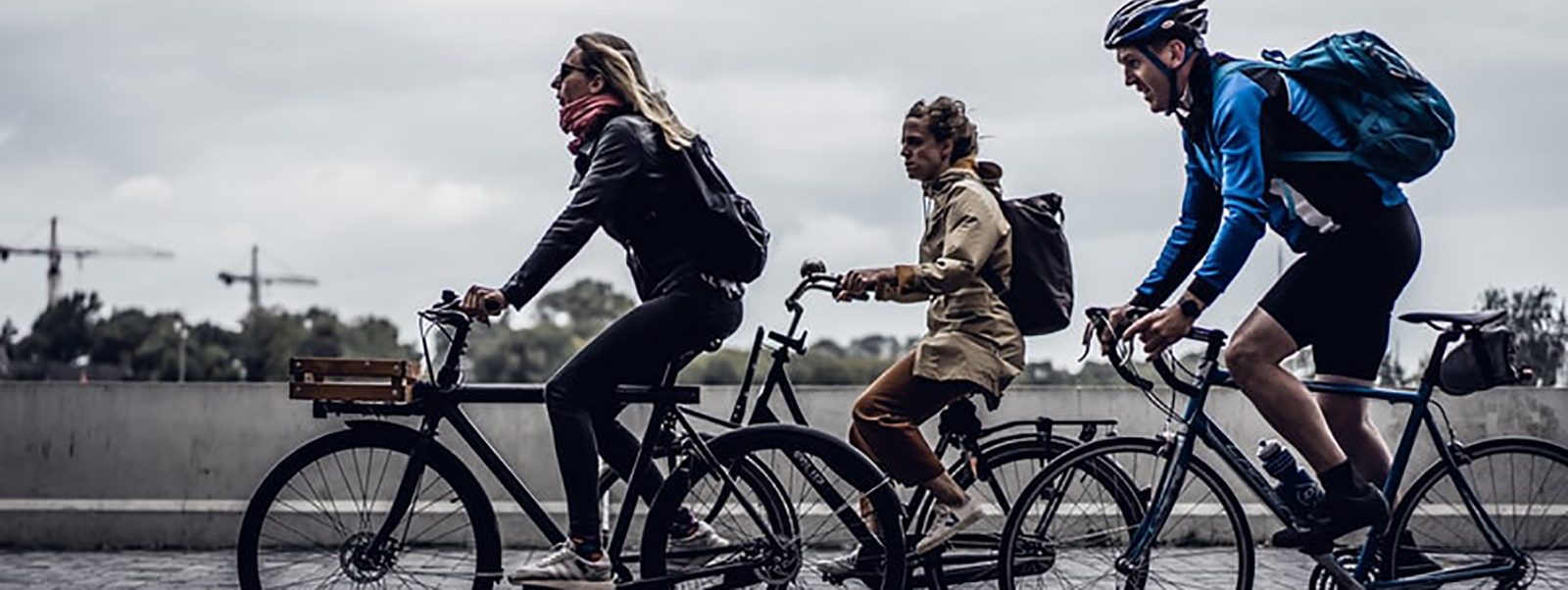Editor's note: Oliver Wyman is monitoring the COVID events in real time and we have compiled resources to help our clients and the industries they serve. Please continue to monitor the Oliver Wyman Coronavirus hub for updates.
As travelers shun close-quarters aboard trains and buses to avoid the coronavirus, many are turning to a more health-conscious alternative: bicycling. New York, for example, has experienced a sharp rise in bike traffic between its boroughs. In the first 10 days of March, the number of cyclists commuting to Manhattan over the four main East River bridges jumped 56 percent from the same period a year earlier.
The trend isn’t exclusive to the Big Apple. Chinese bike-share providers, British bike sellers, and other United States cities like Chicago and Philadelphia are also noticing surges in bike use. And if the coronavirus persists and authorities maintain social-distancing and other containment measures, bike ridership may become less of a short-term solution and more of a long-term trend for many cities.
If that happens, cities seeking to accommodate increased bike traffic should look to the leaders for inspiration. Amsterdam and Helsinki have a higher number of shared bikes per capita than New York, Berlin, Hong Kong, and London, according to Oliver Wyman Forum research.
In Amsterdam, which ranks second out of 30 global cities in our Urban Mobility Readiness Index, fully 40 percent of all trips are made by bicycle. The city also has extensive plans for optimizing bike traffic flow and parking—and even to improve cyclist etiquette. The Netherlands’ capital is investing nearly $59 million to widen and connect cycle paths to halt bottlenecks, build bicycle storage houses and street parking to free sidewalks, and build more cycle bridges over the IJ river. But past measures to keep traffic flowing are still effective, too: In a measure called the “green wave”, traffic lights operate in a way so that cyclists cruising at certain speeds won’t be stopped by red lights.

Biking has been gaining popularity for two decades in Helsinki, which stands in seventh place in our index. Some 59 percent of the city’s residents choose to cycle at least once a week. The city aims to have 15 percent of all trips be made by bike this year, up from 11 percent in 2013. To facilitate that growth, Finland’s capital has pledged an annual investment of roughly $22 million to develop new cycling corridors to connect main residential neighborhoods to areas with large concentrations of jobs. The city has also pledged to improve the dusting and salting of cycling lanes in the winter as well as increase bike parking, route lighting, and signage.
The recent decline in public transit usage is a problem in its own right. On March 17, the head of New York’s Metropolitan Transportation Authority requested a $4 billion bailout from the federal government, saying that March 16 ridership on the city’s subway system had fallen by 60 percent compared to the same day in 2019 while commuter numbers on railways from the suburbs had taken an even sharper dive. Mass transit ridership is also declining across the country.
There’s no telling when the coronavirus pandemic will recede and city life can begin returning to normal. But the newfound popularity of biking may be more than a passing fad, with wider benefits for health and the environment. Cities should be thinking now about how to take advantage of the trend and accommodate and promote continued growth in cycling.
For an analysis of the rankings for each city on the 2019 Urban Mobility Readiness Index, read more here.
